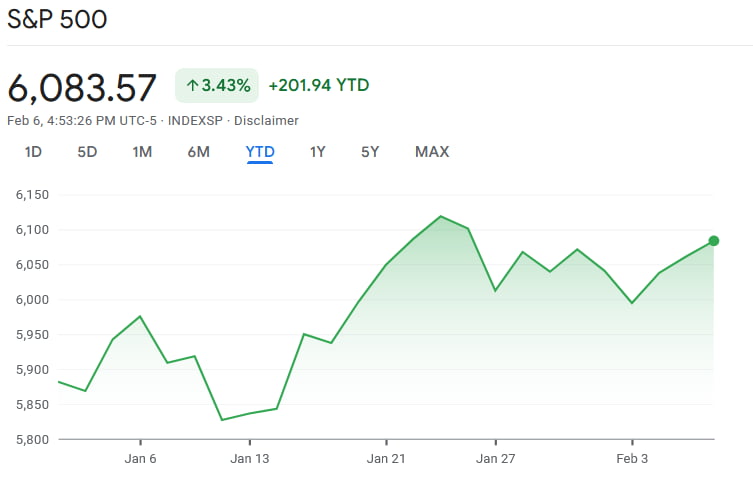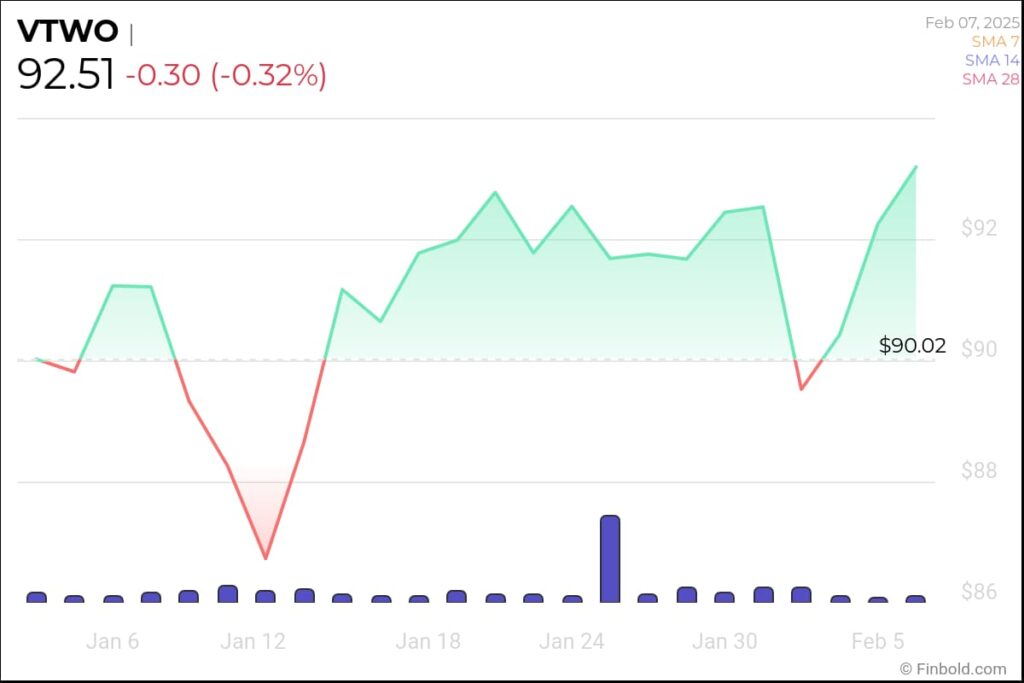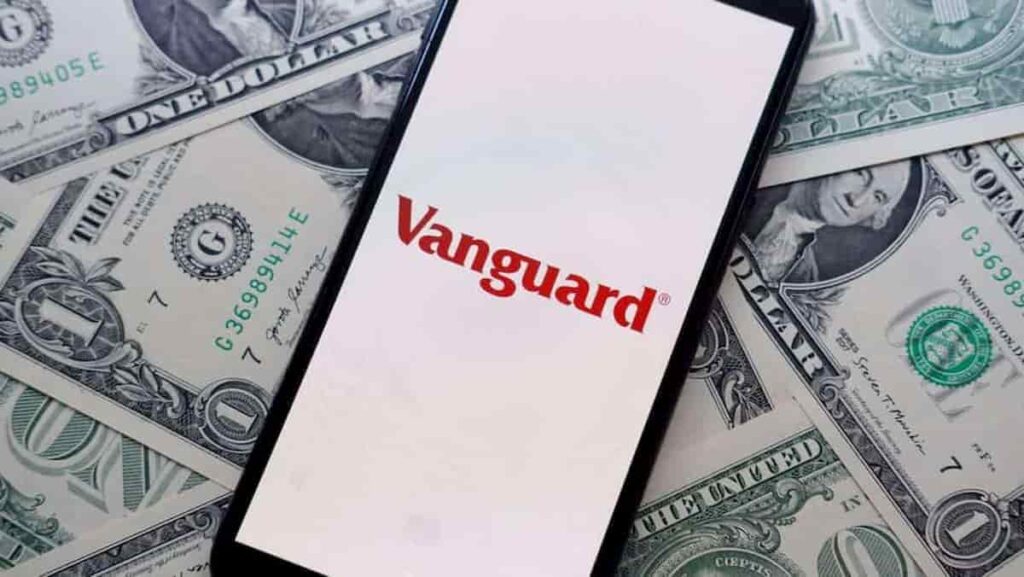Over the course of 2024, the Standard and Poor’s 500 (S&P 500) index secured an impressive 25% return.
At the time of publication on February 7, the index had reached a level of 6,083.57 — having marked a 3.66% increase since the start of the year.

Wall Street analysts are generally bullish — however, it’s quite notable that even the Street high estimate, which sees the index reaching 7,100 by the end of 2025, would imply a much-diminished level of performance — as that figure would equate to an 18.45% increase from current levels.
Picks for you
Investing in index funds is an easy way to maintain diversified holdings. With that being said, in current conditions, there’s an inherent issue with investing in a fund which tracks the S&P 500. The index is weighted heavily toward the tech sector — and in an era where valuations are at record levels, that fact poses significant risks. On top of that, quite a few exchange-traded funds (ETFs) have a history of outperforming the S&P 500.
The Russell 2000 index, which covers roughly 5% of the U.S. stock market’s total value, tracks 2,000 small-cap companies. While it, like the S&P, includes companies from all industries and sectors, it also leans much more heavily toward industrials, financials, and healthcare. One Vanguard ETF that tracks this index has a history of beating the S&P 500 under specific conditions — and those conditions could repeat in 2025.
Rate cuts could see this Vanguard ETF trounce the S&P 500
Vanguard’s Russell 2000 Index Fund ETF (NASDAQ: VTWO) tracks the small-cap index and provides a simple way to get exposure to it. More importantly, it has an expense ratio of 0.1% — to put that into perspective, investing $1,000 in VTWO would come with a $1 fee.
Here’s why macro factors could play in the Vanguard ETF’s favor. Small-cap stocks have underperformed the S&P over the past 10 years, and by a pretty significant margin — with returns of 123% versus 258%. The aforementioned tech weightings are the primary reason why.
Although the difference in performance is quite substantial, the Russell 2000 has outperformed the S&P 500 during 5 of the last 12-month periods that followed a rate-cutting cycle. In such conditions, the S&P tends to provide a 33% return — while the Russell 2000, on average, rallies by 45%.
Small-cap stocks tend to require more debt on the whole — and tend to carry more floating-rate debt as well, so they stand to capitalize on interest rate cuts on a much bigger scale.
At press time, VTWO was trading at $92.51 — it has provided a return of 2.76% since the start of the year — thus far, it is lagging behind the S&P 500.

In addition, the small-cap stocks held by the Vanguard ETF have less exposure to foreign markets. With the threat of tariffs on the horizon, and an ever-strengthening U.S. dollar creating currency headwinds for international companies, these two factors could play in favor of the Russell 2000.
Here’s why investors should opt for a small, long-term position
Time for the bad news — the Federal Reserve (FED) is in no rush to cut rates. Inflation, while it is showing signs of improvement, stubbornly remains above the FED’s target of 2%. To boot, President Trump’s focus on tariffs could cause a stark increase in prices — which would further deter a rate-cutting cycle.
There are several silver linings, however. The labor market is cooling, if slowly — and Trump has already demonstrated a willingness to back down or soften his stances in exchange for concessions.
Once all is said and done, the favorable conditions that this Vanguard ETF requires in order to outperform likely won’t occur before the midpoint of the year. Missing out on the immense gain that tech stocks are providing in the meantime would be a mistake — but allocating a portion of your investments to VTWO could boost overall returns.
Featured image via Shutterstock







